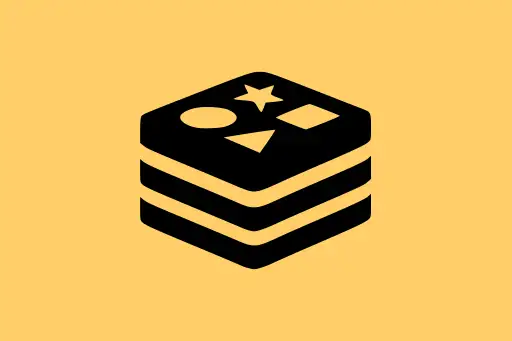Event-Driven Architecture for Beginners
What is Event-Driven Architecture?
Event-Driven Architecture (EDA) is a software design pattern in which components of a system communicate with each other through the production and consumption of events. Instead of continuously checking for changes or updates (polling), systems react to events when they occur.
In simple terms, an event is any significant change in state — like a user clicking a button, a payment being made, or a file being uploaded.
Why Use Event-Driven Architecture?
EDA is useful when you want to build loosely coupled systems that scale easily and respond in real-time. It’s widely used in applications where multiple actions should happen in response to a single activity.
Basic Concepts in EDA
- Producer: The component that emits an event (e.g., payment service).
- Event: A message or signal that something has happened (e.g., "order placed").
- Consumer: The component that listens to and processes the event (e.g., inventory service).
- Broker (optional): Middleware like Kafka or RabbitMQ that transfers events between producers and consumers.
Example: E-Commerce Order Processing
Let’s say a customer places an order on an e-commerce website. This triggers a chain of events:
- The Order Service receives the request and saves the order.
- It then emits an event:
"OrderPlaced". - This event is picked up by the Inventory Service, which updates the stock.
- At the same time, the Email Service listens to the same event and sends a confirmation email to the customer.
What Makes This Design Powerful?
Each service is independent and doesn't need to know about the others. They are loosely coupled, which makes the system more flexible and easier to scale or maintain.
Question: What happens if the Email Service fails?
Answer: Since it’s decoupled, the failure of the Email Service won’t affect the Order or Inventory services. The message can be retried later using a queue.
Real-World Example: Notification System
Consider a social media app where a user uploads a photo. The system should:
- Save the photo metadata in the database.
- Generate a feed update for followers.
- Send notifications to tagged users.
- Scan the photo for inappropriate content.
Instead of writing all these in a single block of code (tight coupling), each of these tasks is handled by a different service that listens to the event "PhotoUploaded".
Intuition Builder: Is this better than calling services directly?
Yes. Calling each service directly creates strong dependencies and makes the system fragile. EDA allows each component to evolve independently and only react when needed.
Technologies Used in EDA
- Message Brokers: Kafka, RabbitMQ, AWS SNS/SQS
- Event Formats: JSON, Avro
- Communication Protocols: HTTP, gRPC, AMQP
Benefits of Event-Driven Architecture
- Decoupled components
- Scalability and flexibility
- Asynchronous processing
- Better fault isolation
When Not to Use EDA?
EDA may not be ideal when:
- You need strong consistency (e.g., financial transactions).
- The added complexity is not justified for small, simple apps.
- Debugging and tracing becomes harder without proper observability tools.
Example: Bank Transaction Notification
Let’s say a bank customer makes a transaction. Here’s how EDA could be applied:
- Transaction Service completes the transfer and emits a
"TransactionCompleted"event. - Notification Service sends an SMS to the user.
- Analytics Service logs the event for fraud detection.
Question: How can you make sure the message is not lost?
Answer: Use reliable message brokers (like Kafka) that persist the event log and ensure "at least once" or "exactly once" delivery guarantees.
Conclusion
Event-Driven Architecture helps build responsive, scalable, and decoupled systems by letting services react to events instead of making direct calls. It’s a core design pattern in modern microservices and serverless applications.
Once you understand the building blocks — events, producers, consumers, and brokers — you can apply EDA to a wide variety of real-world problems with greater efficiency and modularity.
Next Topic ⮕Cron Jobs and Scheduled Tasks in System Design











Comments
Loading comments...